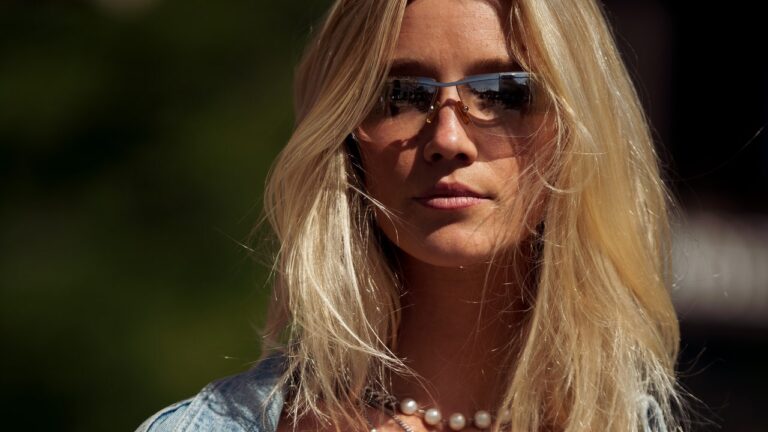
[ad_1]
All my life I have wanted two things: to do my parents proud and to have thicker hair (not necessarily in that order). Now, with a degree, the job of my dreams, and various achievements behind me, I’ve officially achieved the former, but the second has proved more elusive — until now because the U-shape haircut is about to change all that, as hairdressers suggest that it’s one of their go-to tricks for making hair look thicker. Praise be.
So what is this subtle hairstyle, ideal for those who aren’t keen on layers, that is currently doing the rounds online? Well, let’s take a deep dive together. “The U-shape hair cut has become super popular for many clients with hair on the thinner side,” says hairstylist Rachel Selt. “The sides of your hair compared to the back section are much thinner so that U shape will instantly take that ‘stringy’ look away while giving you a nice, blunt-looking cut… It also gives loads of volume and hold when using curling irons to style it,” she adds.
And just so we’re all clear, here are some examples of what the U-shape haircut looks like in reality. TikTok creator @nothangtw uploaded a video of her U-shape cut with the addition of “wispy bangs” and “face-framing pieces,” after she was continually asked by followers how to copy her style. The clip has been viewed over 3.5 million times, with thousands of people lavishing praise on the style in the comments.
“I got this hairstyle last week and my confidence shot up like a rocket so thank you so much for making this,” one fan commented, another adding: “I will be asking my hairdresser for this next week.”
TikTok content
This content can also be viewed on the site it originates from.
@virginia_ongkili also uploaded a video of the on-trend cut, captioned: “The official name for this haircut is Oval U-Shaped Layer. Always the perfect combination with Curtain Bangs haircut.”
TikTok content
This content can also be viewed on the site it originates from.
To achieve the look, the hair is “split down the middle of the head from the front to the nape of the neck,” Selt explains, before it is “pulled forward” on either side and vertically cut to take off “fine ends.” And, it works with a fringe, longer bangs, and hair where distinctive layers have already been cut.
[ad_2]